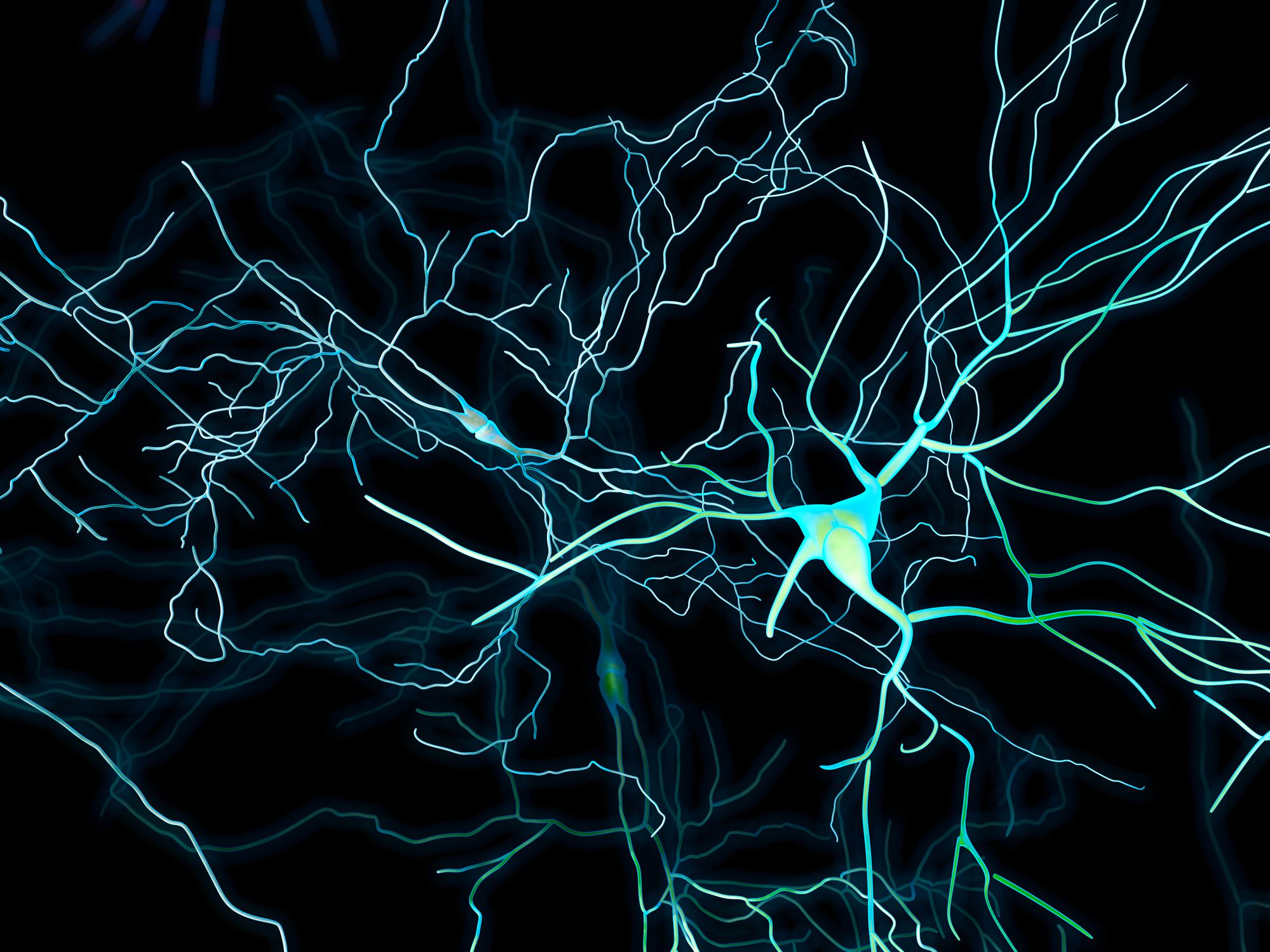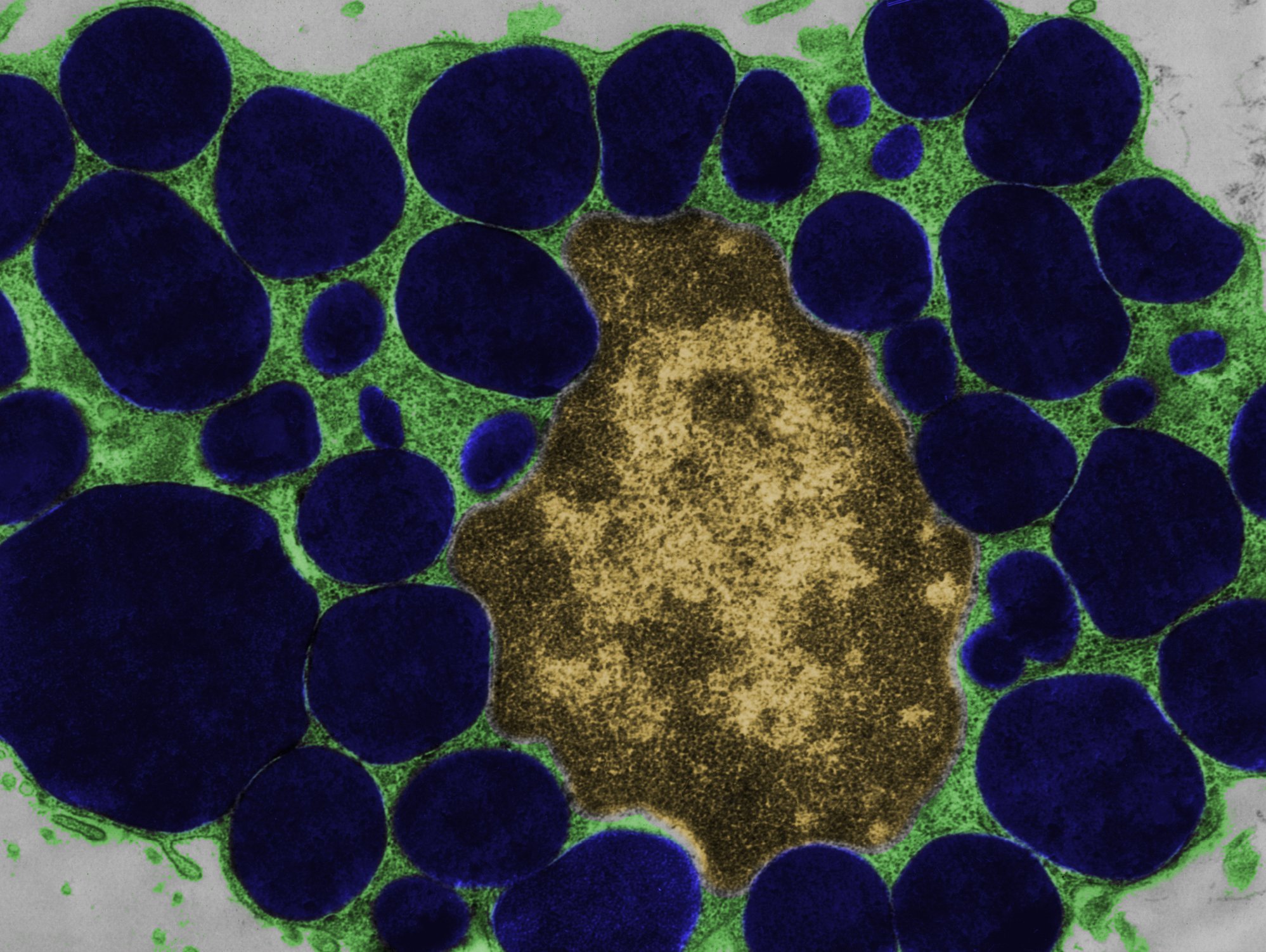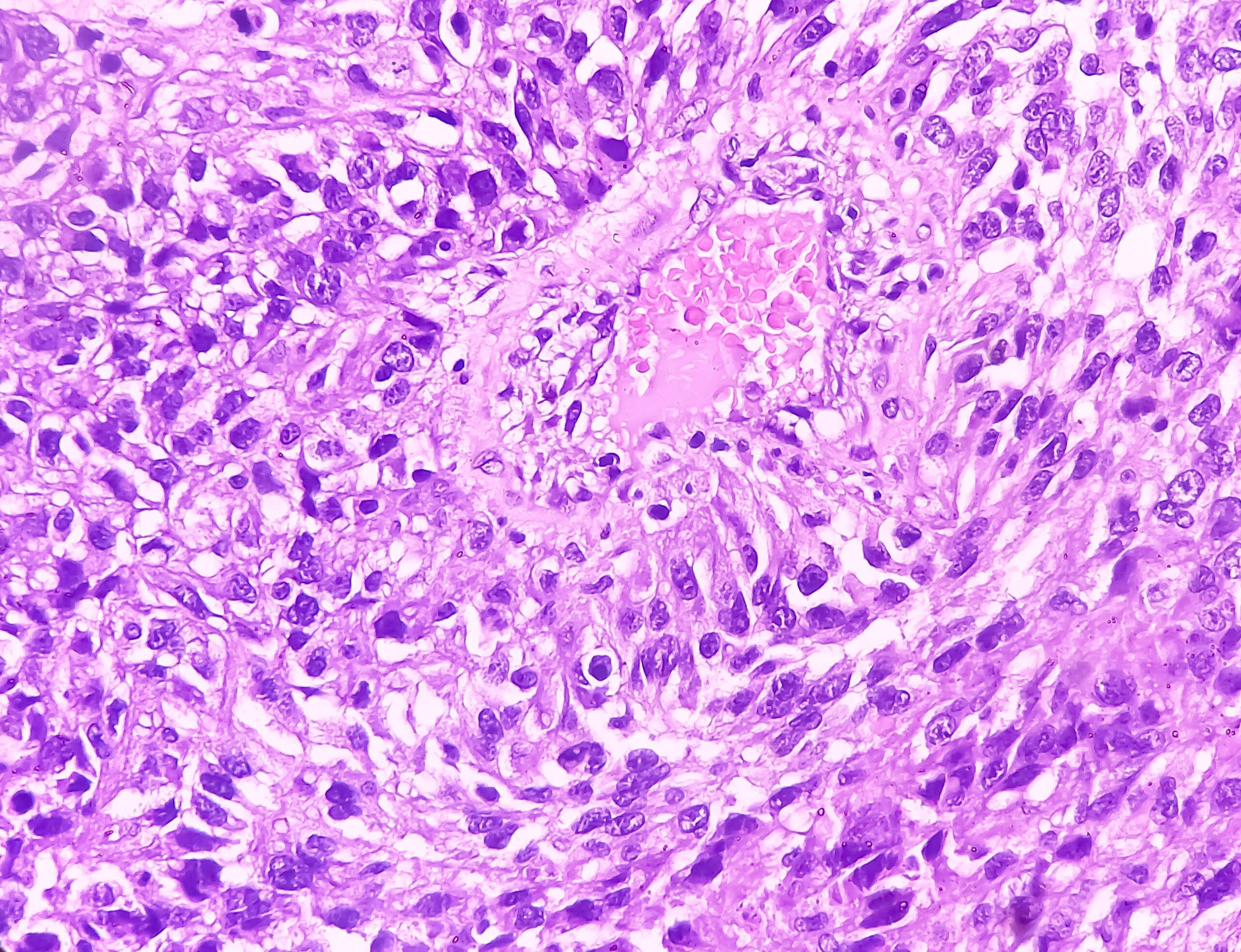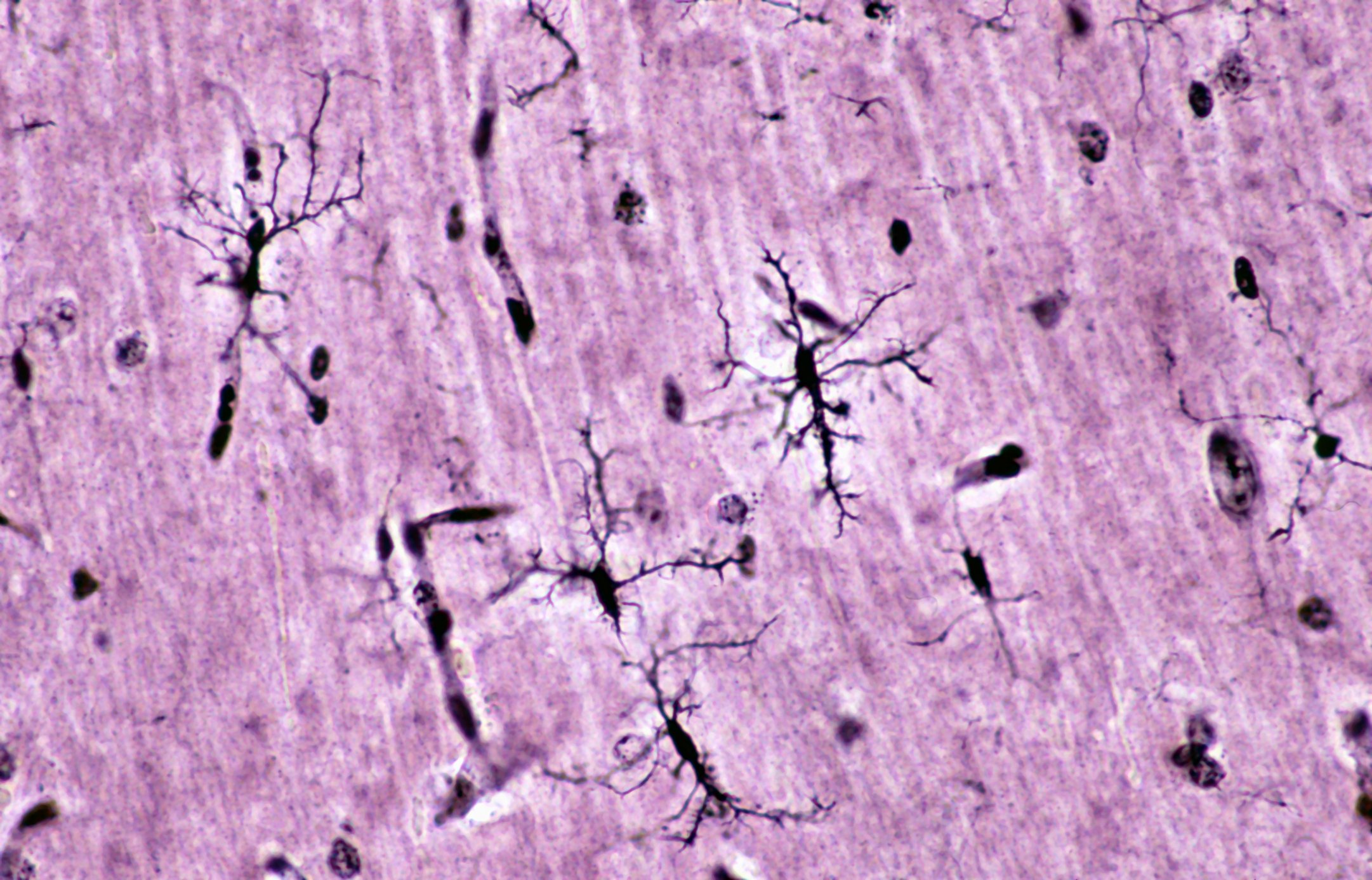Parkinson’s disease is one of the most common neurodegenerative diseases, which manifests itself with motor symptoms such as slowness of movement (bradykinesia), tremors at rest (resting tremor) and muscle stiffness (rigor). The current diagnostic criteria require the presence of bradykinesia and at least one other motor symptom (tremor at rest or rigor).
Partner
Autoren
- Prof. Dr. med. Stephan Bohlhalter
- Prof. Dr. med. Georg Kägi
Publikation
- InFo NEUROLOGIE & PSYCHIATRIE
Related Topics
You May Also Like
- Severe acute pancreatitis
COX-2 inhibition alleviates inflammation and improves outcomes
- Ulcerative colitis
Rgs14 protein can worsen the severity
- Mastocytosis
Innovative pathogenesis-based therapeutic approaches in the pipeline
- Psychooncology
Communication as the key to therapy adherence
- Participation of the patient
Adherence in psychiatry
- From symptom to diagnosis
Renal cell carcinoma
- Lipid management: ESC/EAS guideline update 2025
New recommendations on CVD risk classification, lipid lowering in statin intolerance and hoFH
- Chronically active MS lesions












